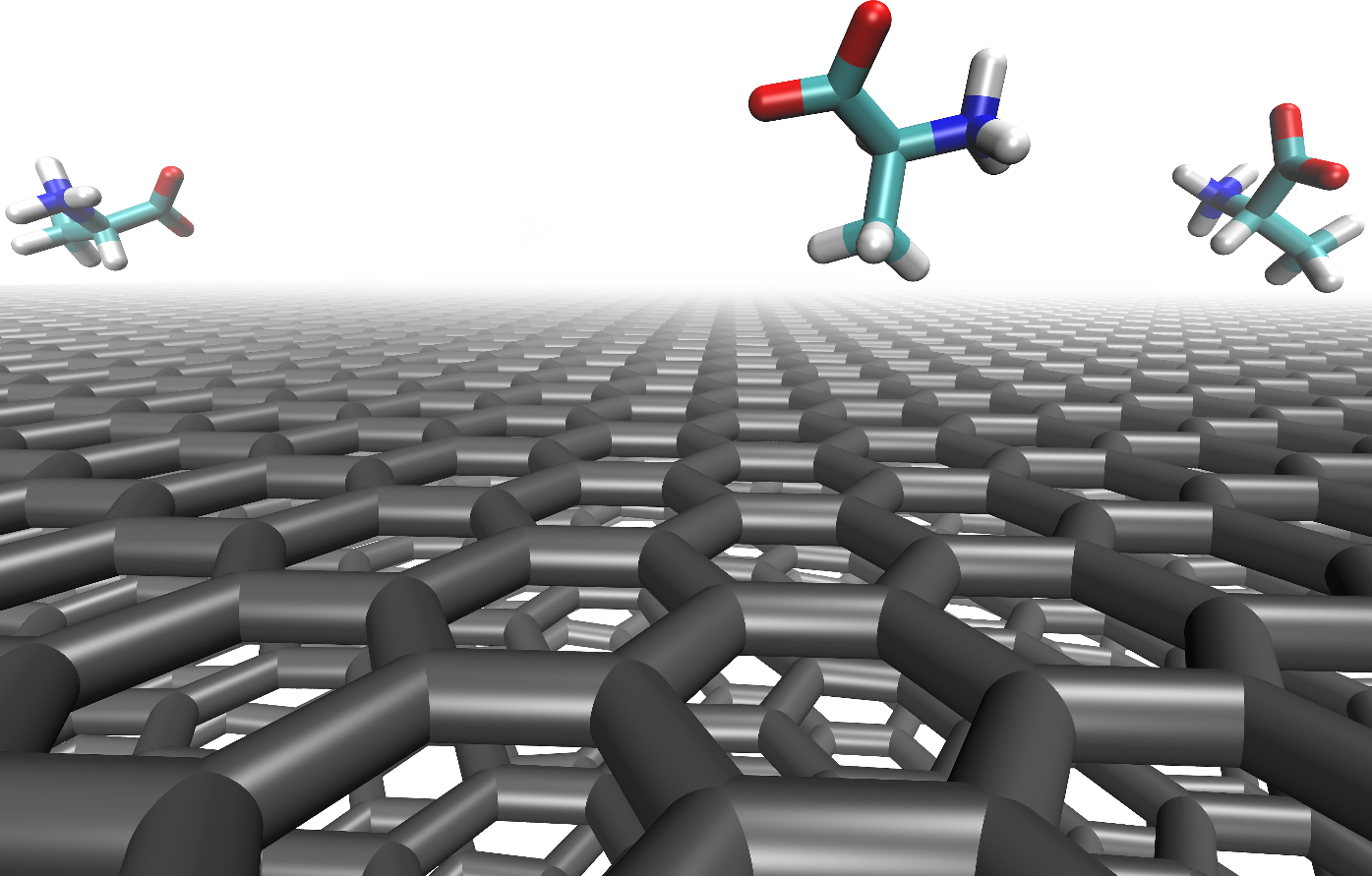
The mechanisms of cellular growth have attracted scientists’ attention for a long time. To understand how this complex biological process occurs, recent investigations have focused on artificial growth of stem cells atop of inorganic surfaces such as graphene. It became apparent that certain proteins are likely responsible for holding cells on top of graphene surfaces. To elucidate in vitro cell growth, this project studies the binding affinity of amino acids, as well as some selected proteins, to the graphene surface. Through modern computational tools, we seek to understand particularly which amino acids are good as well as bad in binding to graphene sheets, which can help explain why some proteins are good at adhering to graphene sheets.
